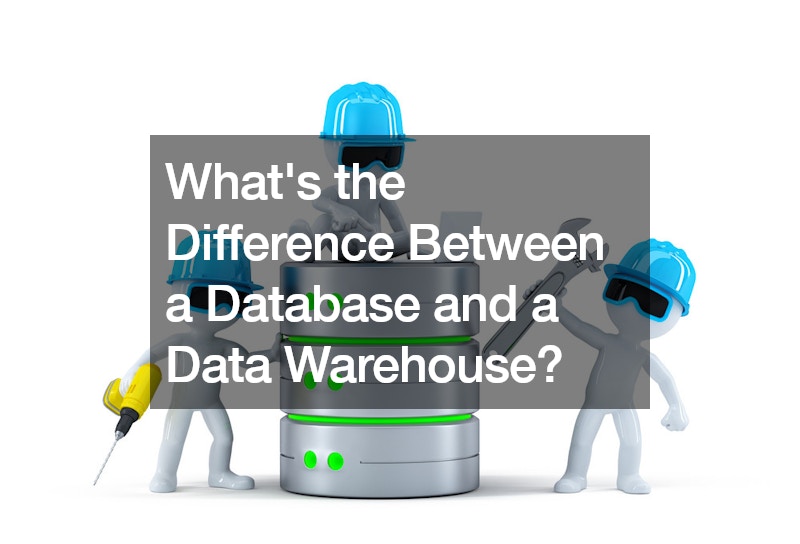When you want to become a data analyst as a new career or your first job, you’ll want to know how to distinguish a database from a data warehouse. If you don’t have any background in database server health checks, you probably won’t know one from the other. According to the video “Database vs Data Warehouse vs Data Lake | What is the Difference?” by Alex the Analyst on YouTube, these are different data storage options that can connect in certain ways once you know how to tell them apart.
A database, also known as shorthand for a relational database, captures and stores data through an OLTP process. This means they use online transactional processes. When companies sell an item, they’ll store the details of that transaction in a database.
On the other hand, a data warehouse is a type of database that is used for online analytical processing. It can process large amounts of information. Databases store real-time data whereas data warehouses don’t always have updated current information. Data tends to be summarized in data warehouses while it won’t always be that way in a database. For those who work in data analysis, the differences between these two methods for storing data are more complex but for the casual non-professional, this sums it up.

